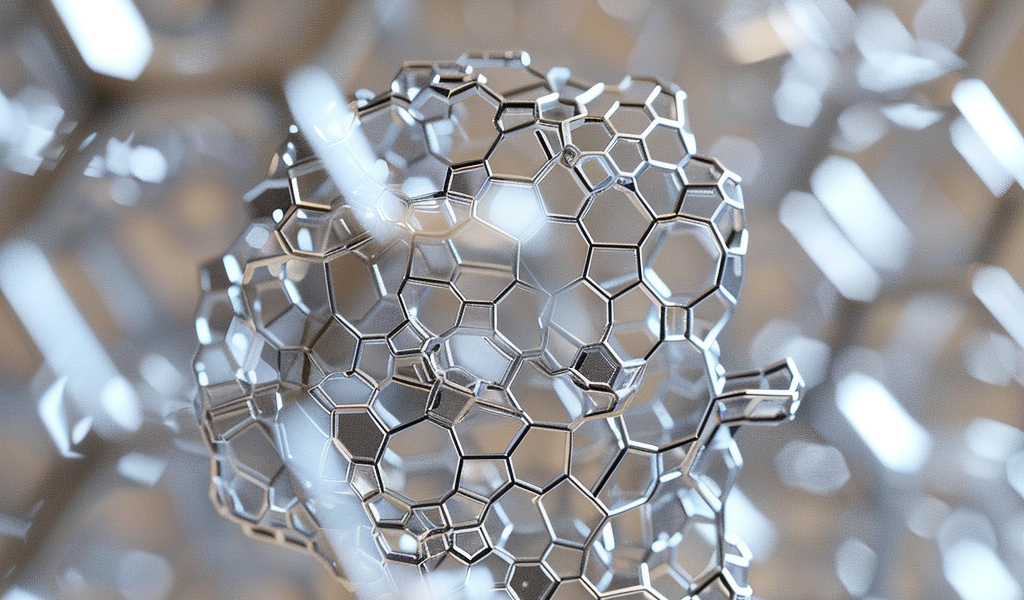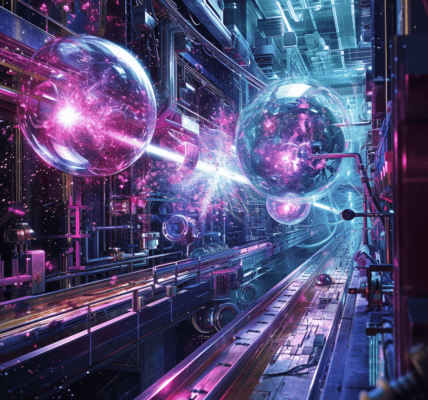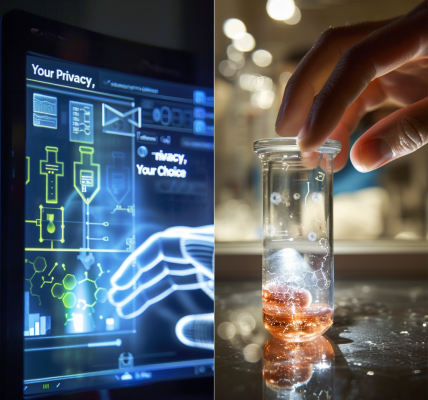Researchers at the RIKEN Center for Sustainable Resource Science in Japan have made significant advancements in the production of green hydrogen, a key component in the quest for a sustainable energy economy. Led by Ryuhei Nakamura, the team has developed a custom-made catalyst that has revolutionized the extraction of hydrogen from water, leading to remarkable improvements in stability and lifespan.
Published in Nature Catalysis, the study highlights how the manipulation of the catalyst’s 3D structure has resulted in a nearly 4000% increase in its lifetime. This breakthrough has far-reaching implications for the future of hydrogen-based energy systems, offering a more sustainable and long-lasting solution.
Hydrogen production through water electrolysis using proton exchange membranes is an environmentally friendly process that involves splitting water into oxygen and hydrogen. The hydrogen generated can be stored for later use, such as in fuel cells for electric vehicles.
However, the widespread adoption of proton exchange membrane electrolysis has been hindered by limitations, including the reliance on rare earth metals like iridium as catalysts. The scalability of this process to meet energy demands on a terawatt scale is deemed impractical and unsustainable due to the scarcity of iridium.
Two years ago, Nakamura’s team achieved a breakthrough by developing an acid water electrolysis process that eliminates the need for rare earth metals. Through the incorporation of manganese into a cobalt oxide lattice, they created a sustainable method that utilizes common earth metals, paving the way for a more environmentally friendly approach to hydrogen production.





